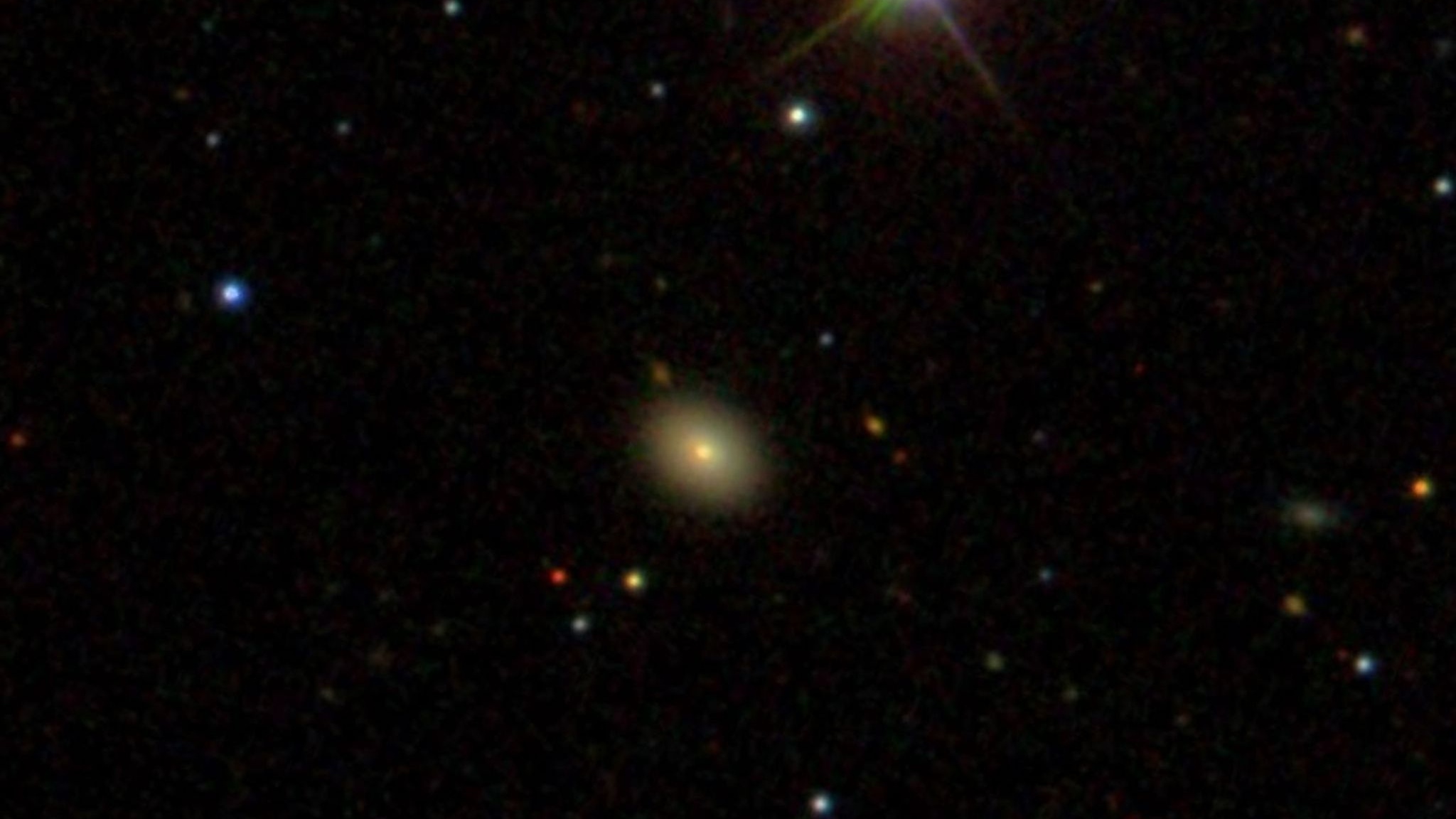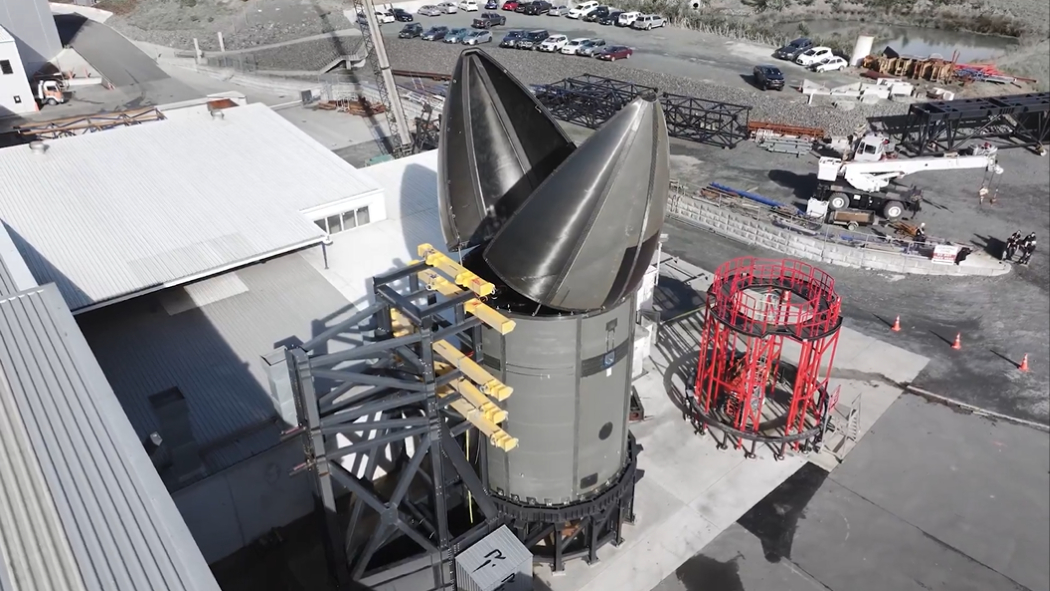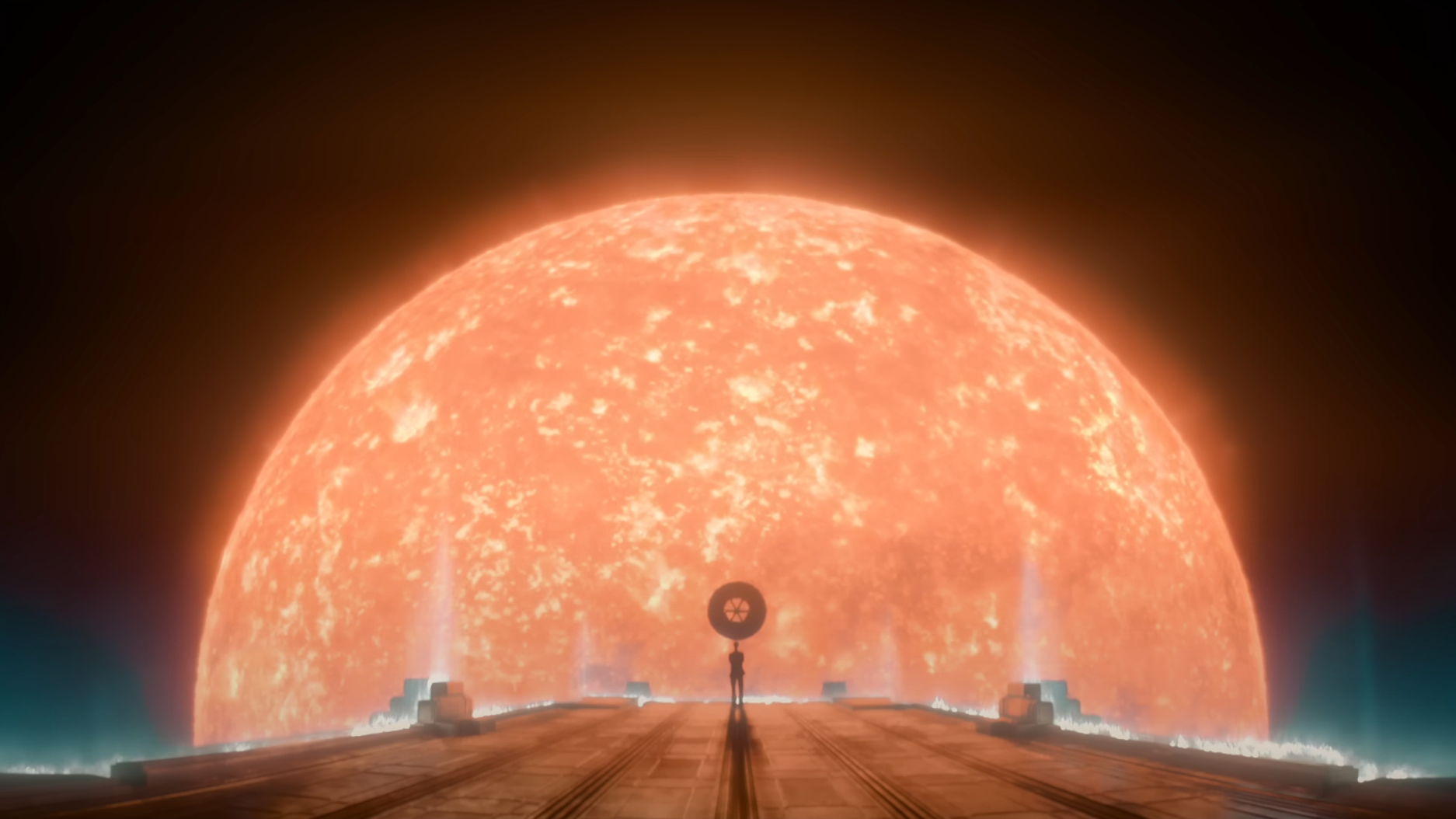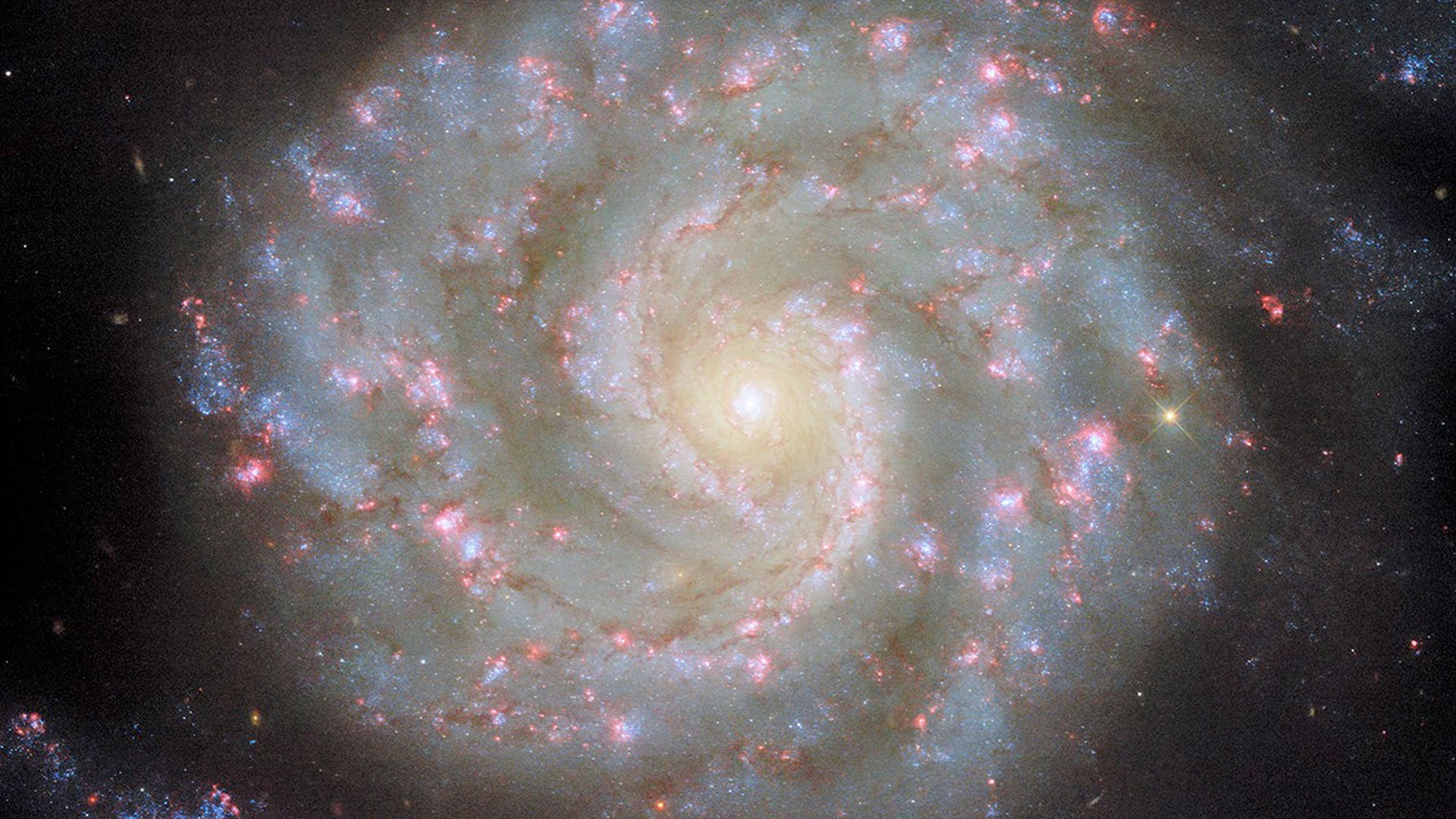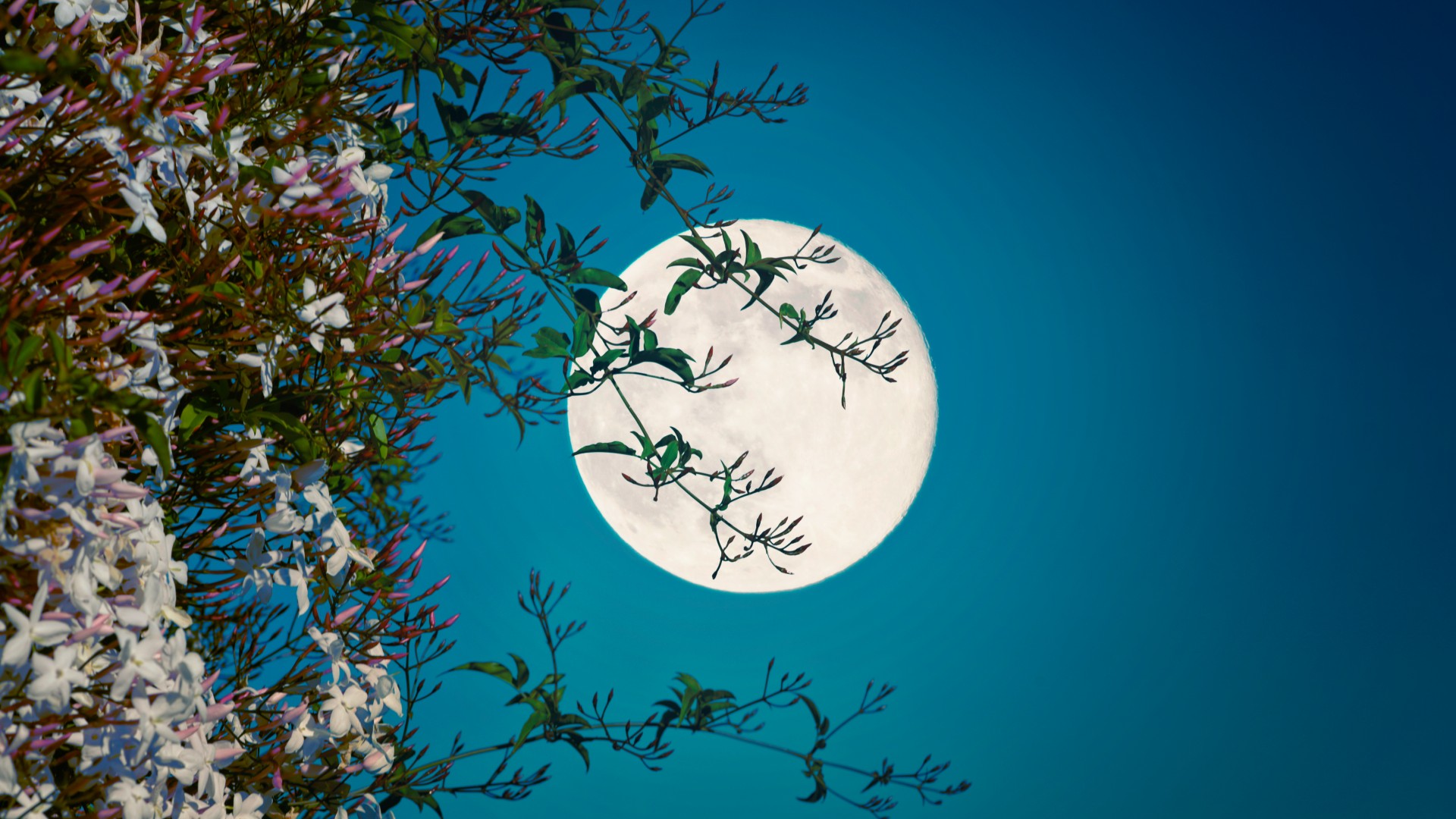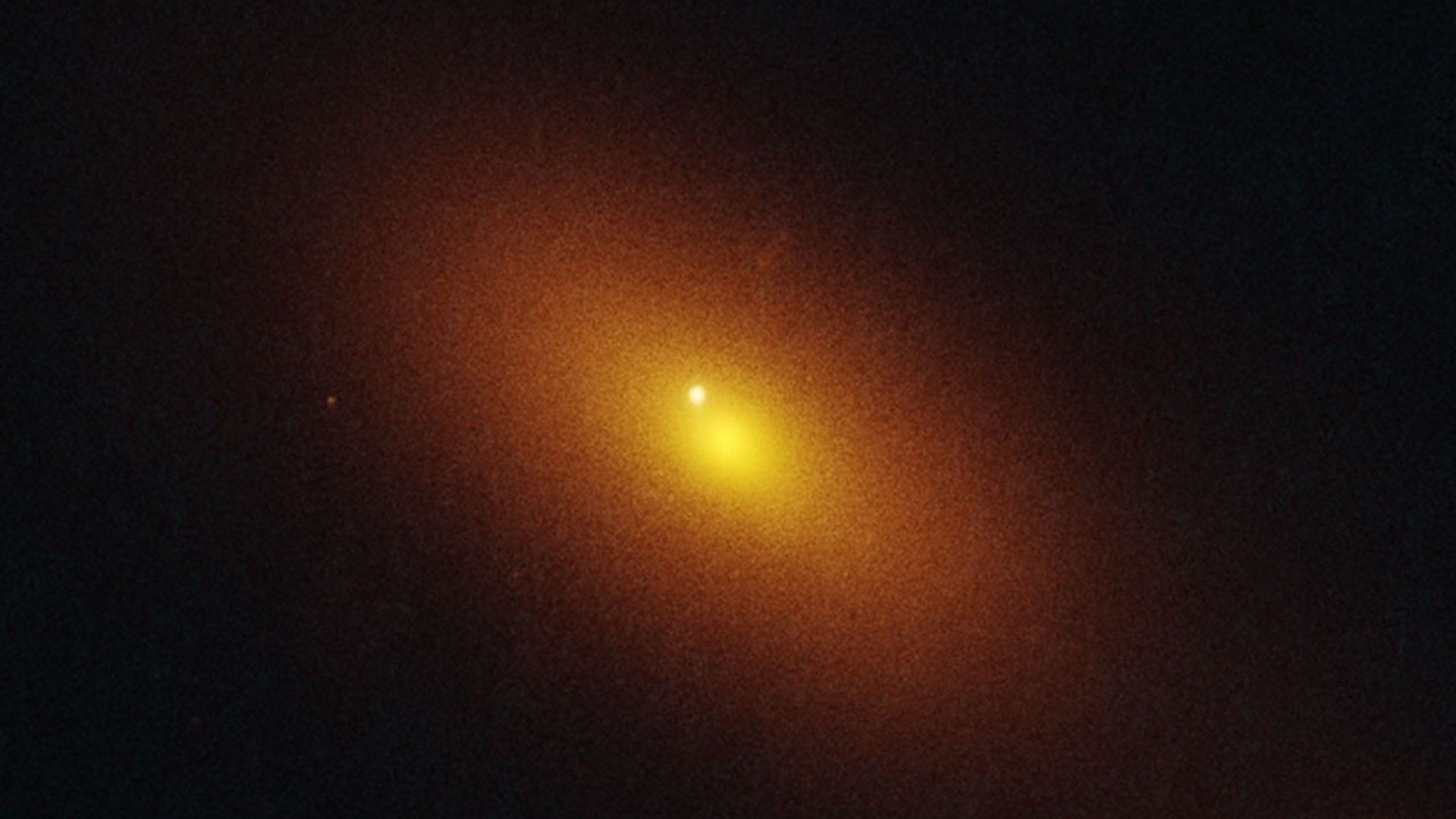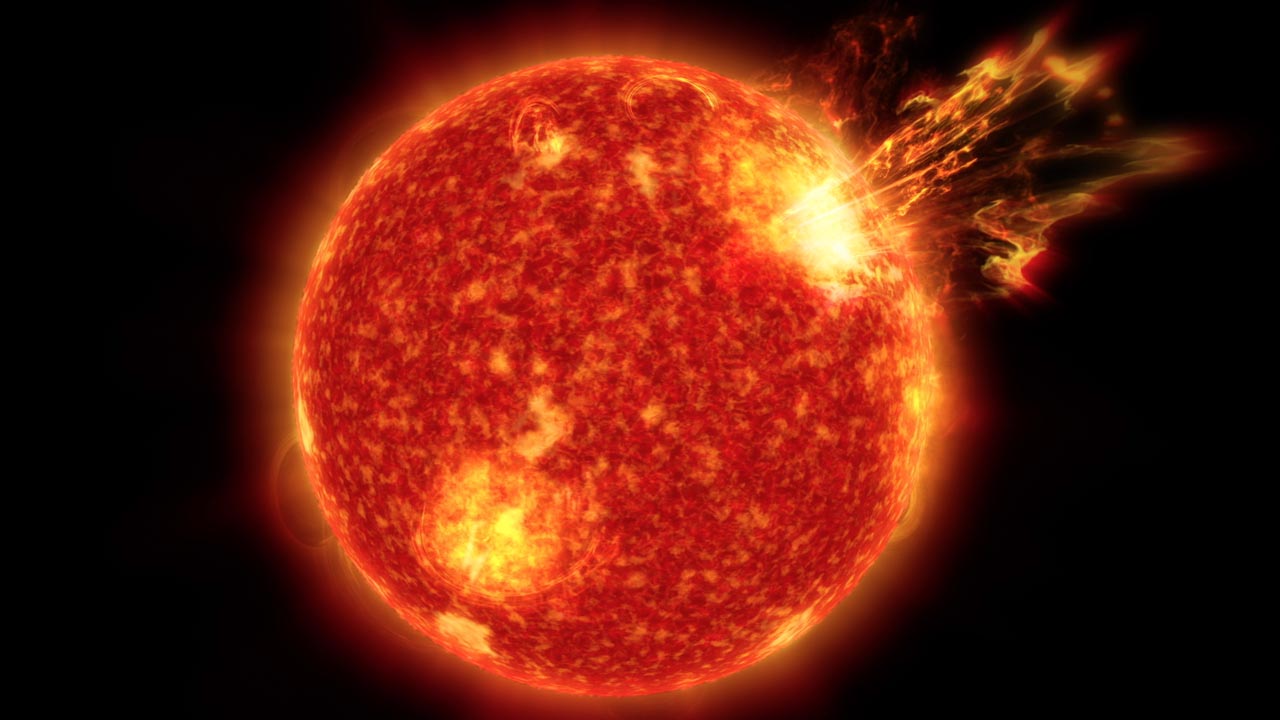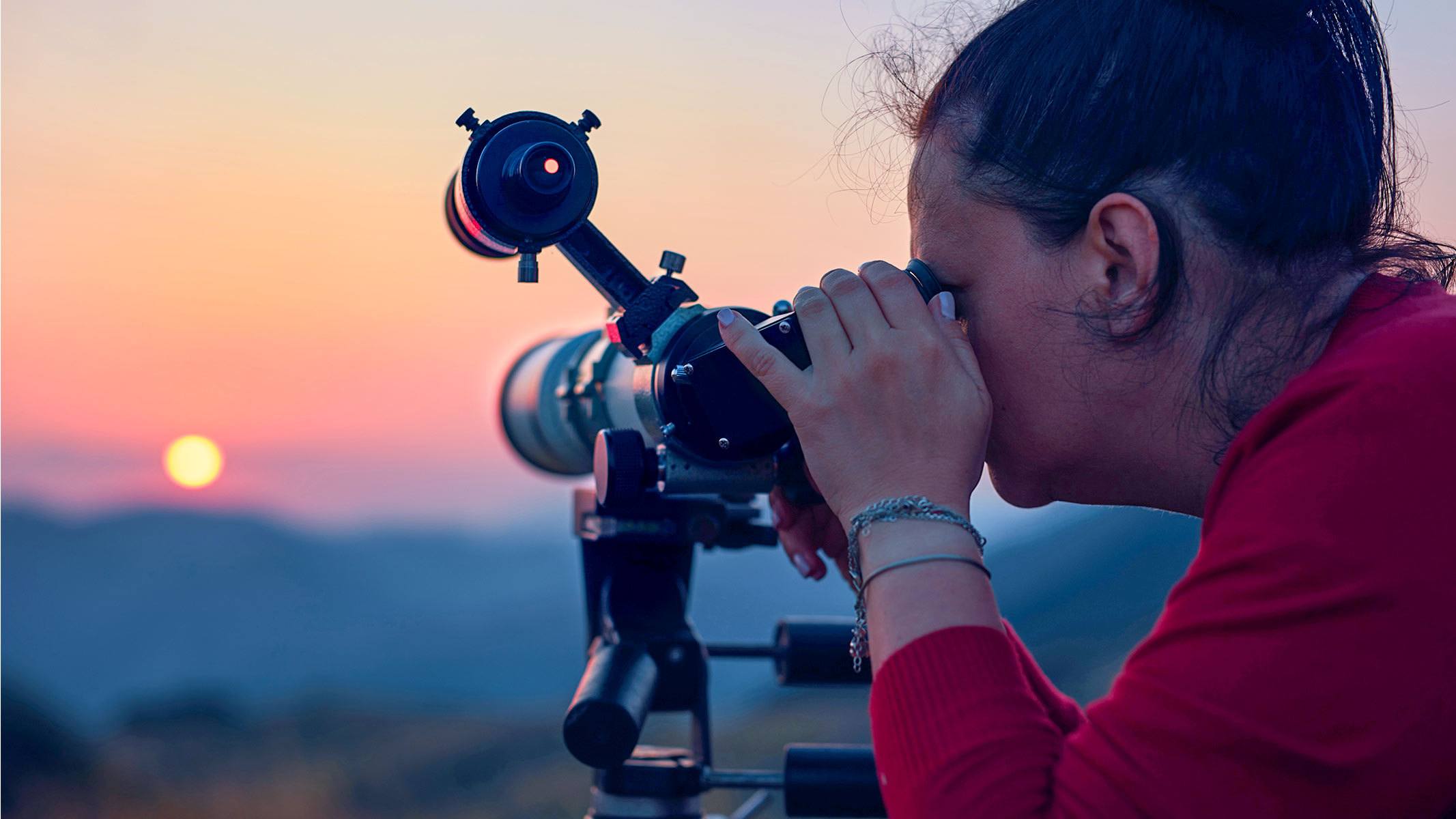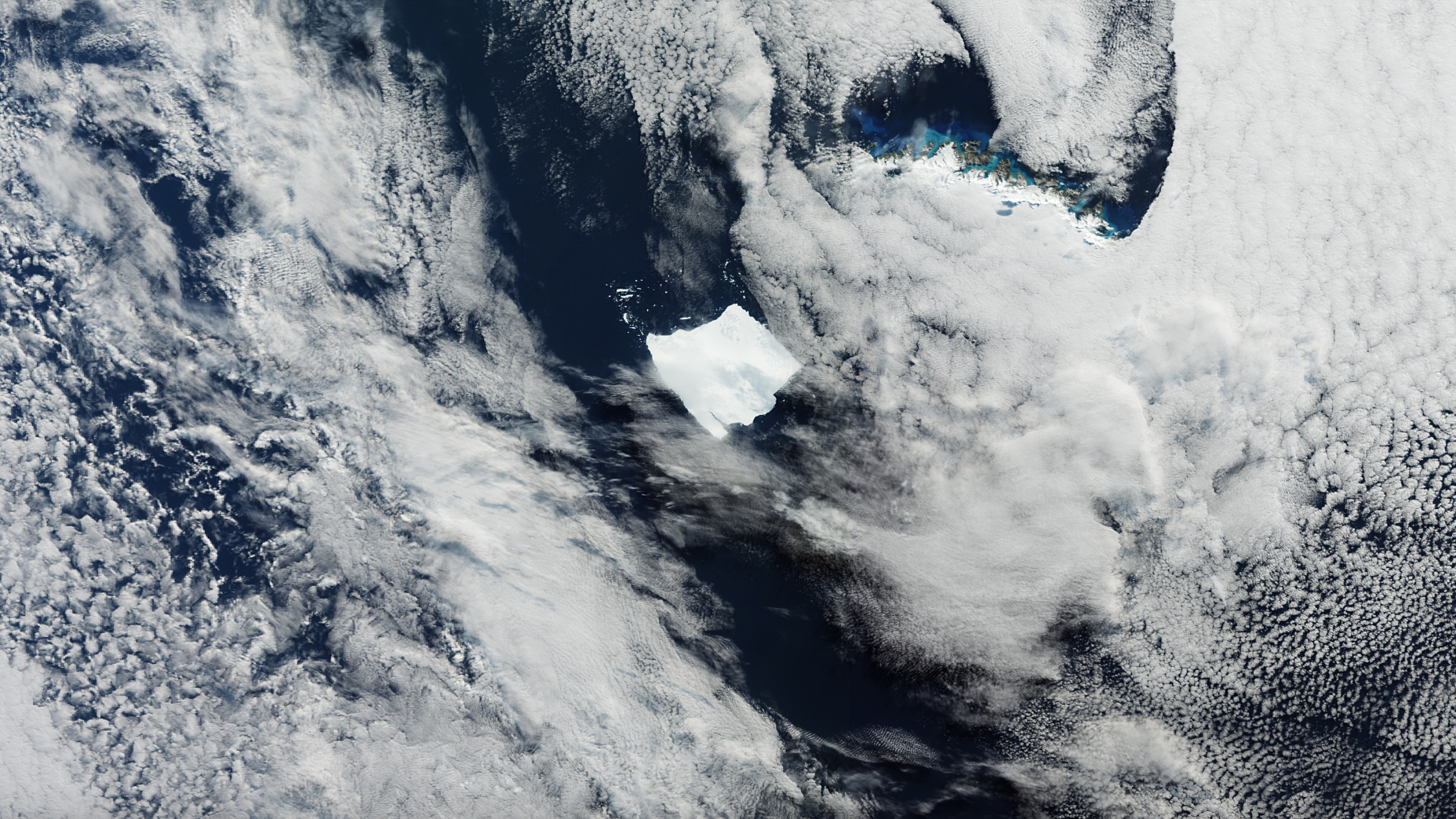Labor Day Comet Stars in Slooh Webcast Tonight!
Celebrate Labor Day tonight (Sept. 3) by watching a bright-green comet approach the sun in a live webcast by the Slooh online observatory.
Comet 21P/Giacobini-Zinner will make its closest approach to Earth on Sept. 10. That same day, it will swing by the sun, appearing bigger and brighter as solar radiation strips particles from its icy surface, creating that characteristic comet "tail."
This evening, the Slooh online observatory will broadcast live views of the comet starting at 10 p.m. EDT (0200 GMT on Sept. 4). You can watch it on Slooh's website with a free membership, or stream it here on Space.com, courtesy of Slooh. [Photos: Spectacular Comet Views from Earth and Space]
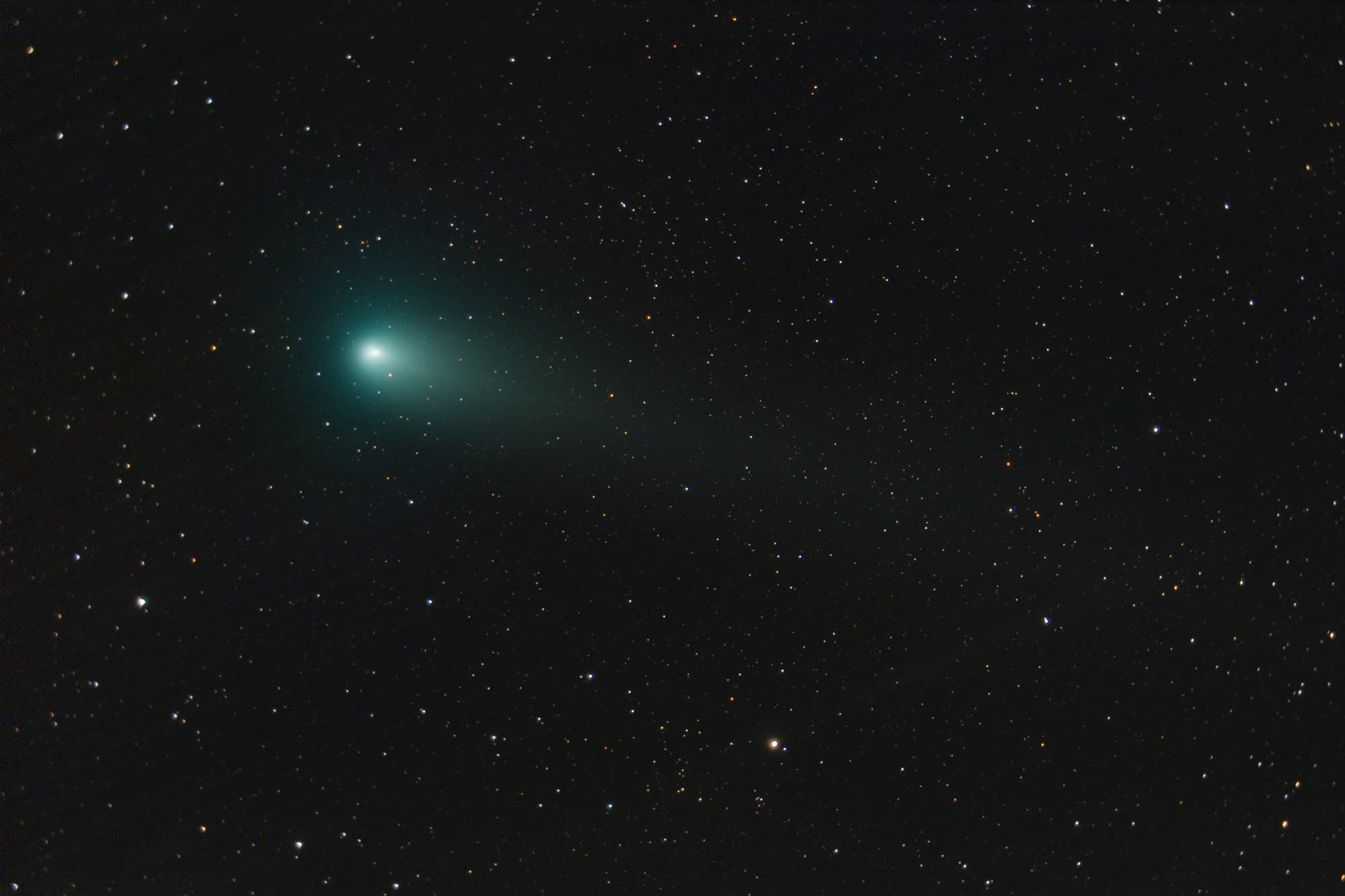
Comet 21P is a periodic comet that orbits the sun about once every 6.6 years. It is the source of the Draconid meteor shower, which happens every year in October when Earth passes through the trail of debris that Comet 21P leaves behind as it orbits the sun.
When Comet 21P flies by Earth on Sept. 10, it will be 36 million miles (58 million kilometers) away. "On the night of September 3rd, the comet will lie just over 1 degree from bright star Capella in Auriga, making it far easier to spot," Slooh officials said in a statement.
While the comet can be seen with small telescopes and binoculars, it won't be quite bright enough to spot with the naked eye, according to EarthSky.org. "The comet is expected to reach a visual magnitude of 6.5 to 7. That means it will not be visible to the eye … but nearly," EarthSky.org reports.
During the Labor Day webcast, Slooh astronomers Paul Cox and Paige Godfrey will join Slooh's storyteller Helen Avery to talk "all about comets and what they mean to us ground observers," Slooh officials said.
Get the Space.com Newsletter
Breaking space news, the latest updates on rocket launches, skywatching events and more!
Email Hanneke Weitering at hweitering@space.com or follow her @hannekescience. Follow us @Spacedotcom, Facebook and Google+. Original article on Space.com.
Join our Space Forums to keep talking space on the latest missions, night sky and more! And if you have a news tip, correction or comment, let us know at: community@space.com.

Hanneke Weitering is a multimedia journalist in the Pacific Northwest reporting on the future of aviation at FutureFlight.aero and Aviation International News and was previously the Editor for Spaceflight and Astronomy news here at Space.com. As an editor with over 10 years of experience in science journalism she has previously written for Scholastic Classroom Magazines, MedPage Today and The Joint Institute for Computational Sciences at Oak Ridge National Laboratory. After studying physics at the University of Tennessee in her hometown of Knoxville, she earned her graduate degree in Science, Health and Environmental Reporting (SHERP) from New York University. Hanneke joined the Space.com team in 2016 as a staff writer and producer, covering topics including spaceflight and astronomy. She currently lives in Seattle, home of the Space Needle, with her cat and two snakes. In her spare time, Hanneke enjoys exploring the Rocky Mountains, basking in nature and looking for dark skies to gaze at the cosmos.

